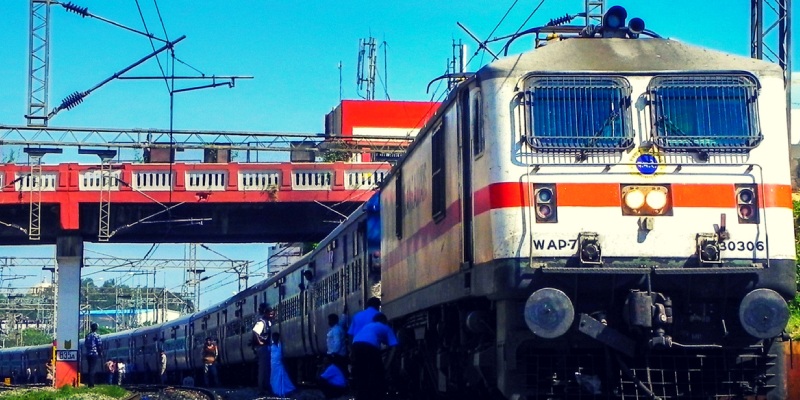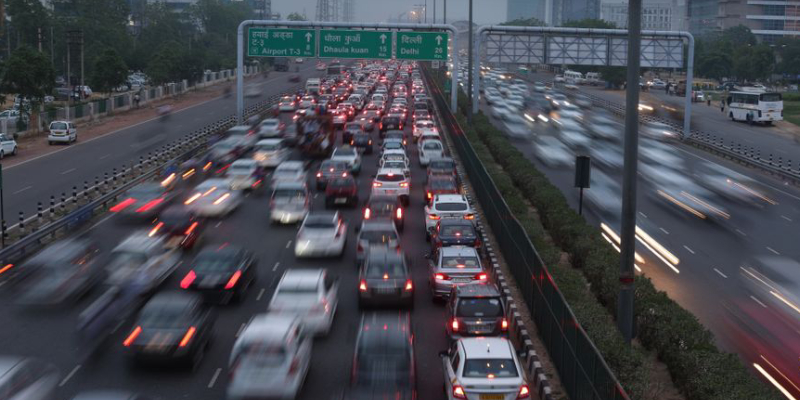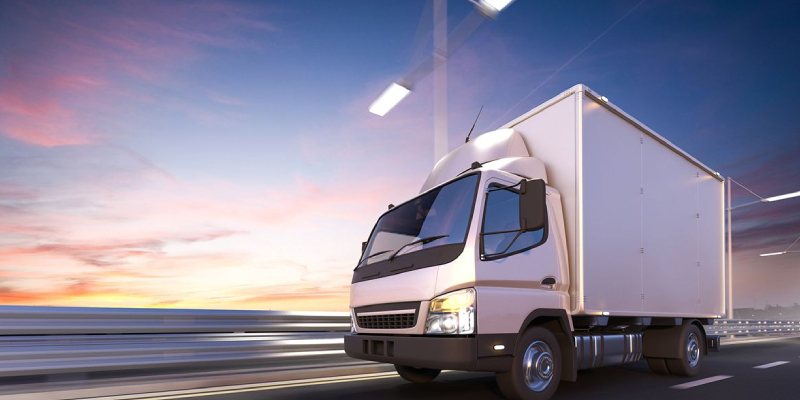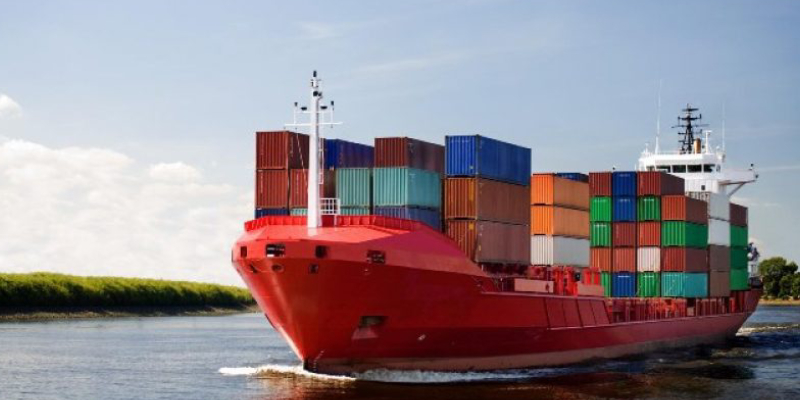The role of Indian railways in the Indian economy

The significance of road transport in freight transport
February 4, 2020
The role of Indian logistics in the Indian economy
February 9, 2020The contribution of the Indian railways in the Indian economy
The primary purpose of the Indian railways is to transport people from the upper and lower middle class from one part to another part of the country. When we compare the Indian railway ticket prices, they are the best and economical modes of transport. Since the start of the Indian railways in 1853, it has served significantly in the socio-economic development of the country. Being one of the most labor-intensive industries, Indian railways possess over 13.6 million employees. With huge workforce demand, the Indian railways are also responsible for providing jobs for the unemployed in the country, making it a significant employment generation core.
The significant factor to consider about the Indian railways
Just like road transport, railway transport also possesses favorable characteristics. The railways are also fours time cheaper than the roadways and six times more energy efficient to roadways. When the concern is for the social damage, the railways produce low pollution, and hence it can be considered as one of the best modes of transport. The production cost of the Indian railways is also low when we compare it to the roadways on different levels of comparison. The production cost of the construction of railways is six times cheaper than the roadways. The railways are the only mode of transport which can utilize one of the original forms of energy.
The complete structure of the Indian railways organization
The railway line of the whole country is headquartered by one of the main branches or the central branch situated in New Delhi. The Indian railways are owned by the Indian government, which possesses the ministry of railways. The Indian railways also have over one lakh kilometers of railway tracks spread over 65,000 kilometers covering 7,500 railway stations. Indian railways are also fourth on the countdown of the world’s most extensive railway lines after United States, Russia, and China.
The significant help to the Indian railway to the Indian economy
The service sector of every country plays a crucial role in the development of the Indian economy. The Indian railways being one of the largest service sectors in the Indian economy, either directly or indirectly, towards the nation’s economy. The capacity building of the Indian railways is also helping to build new freight routes and passenger traveling services.




